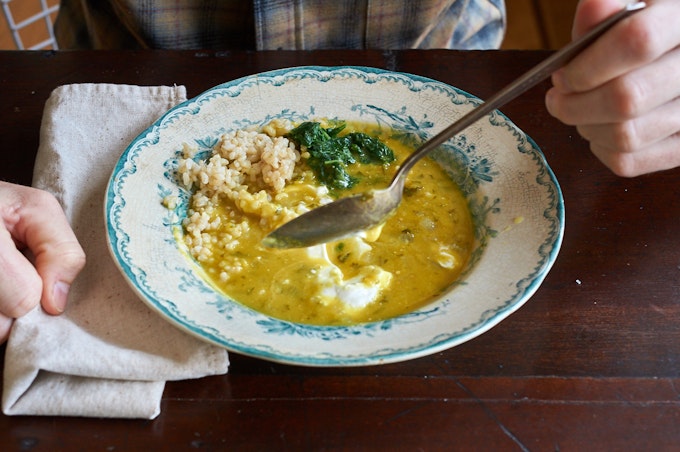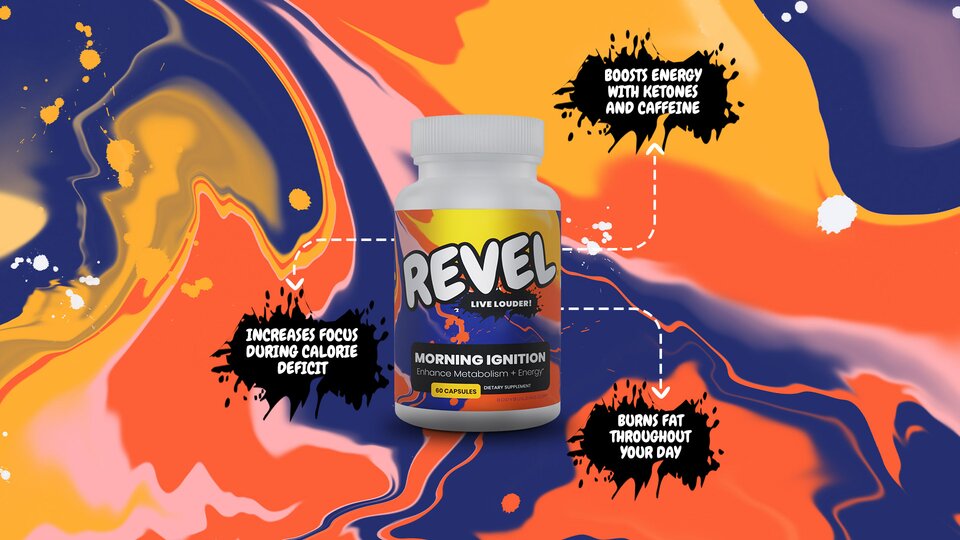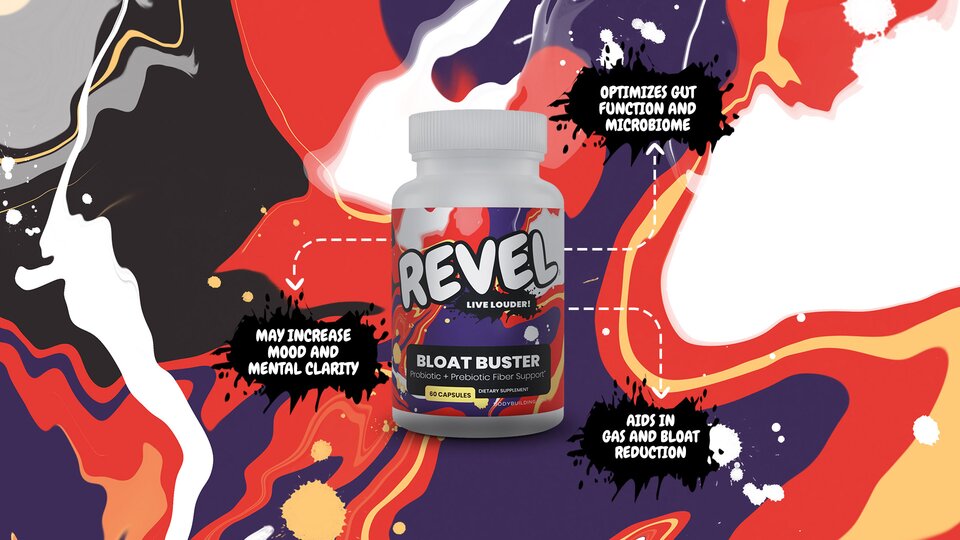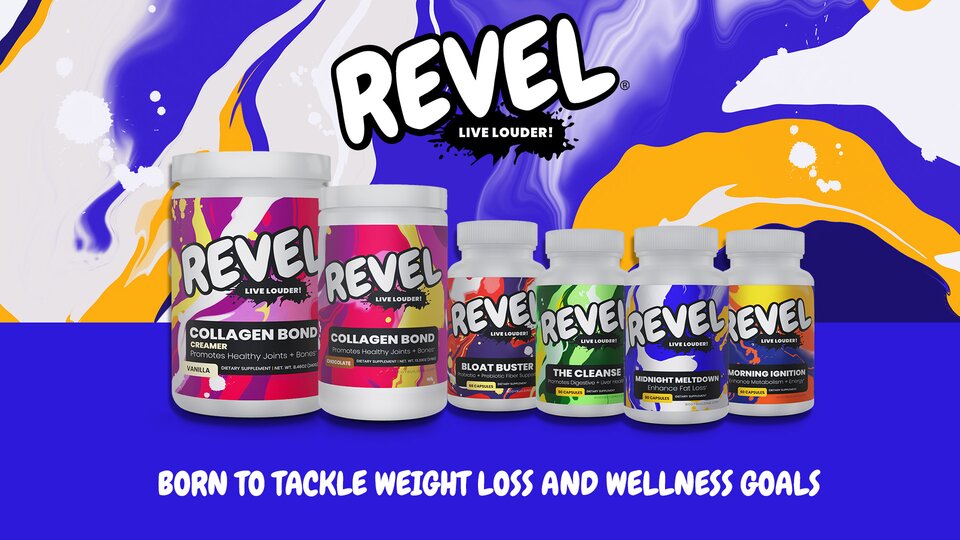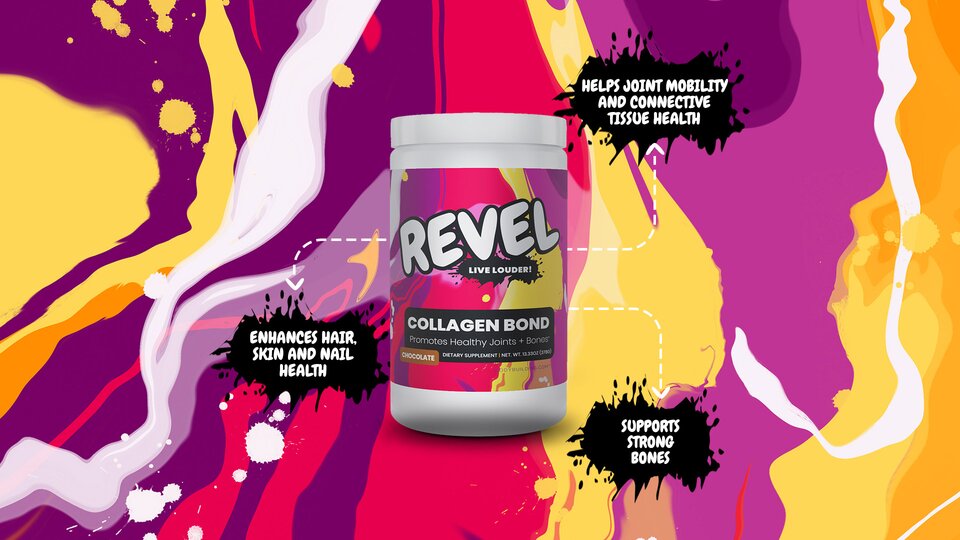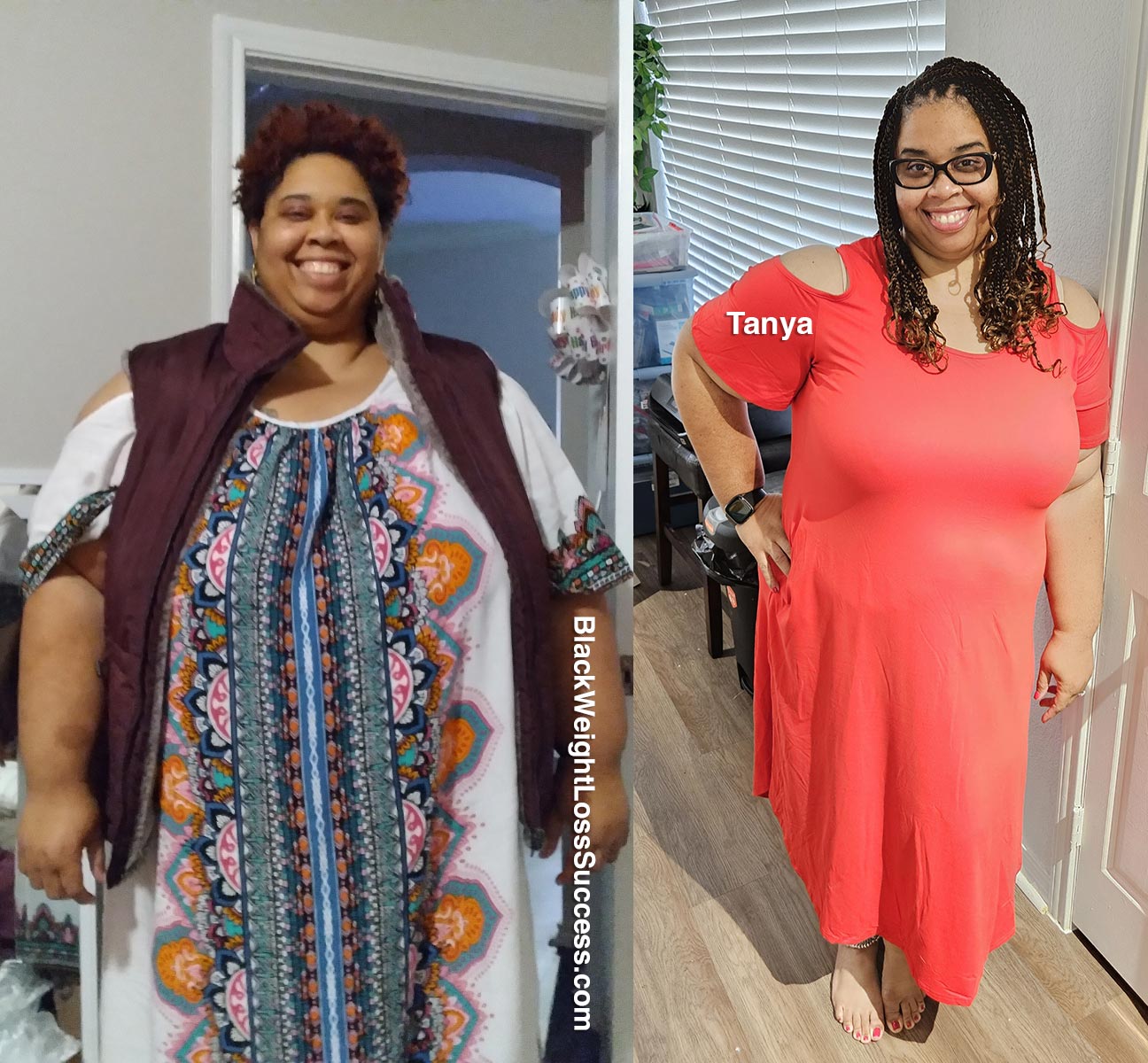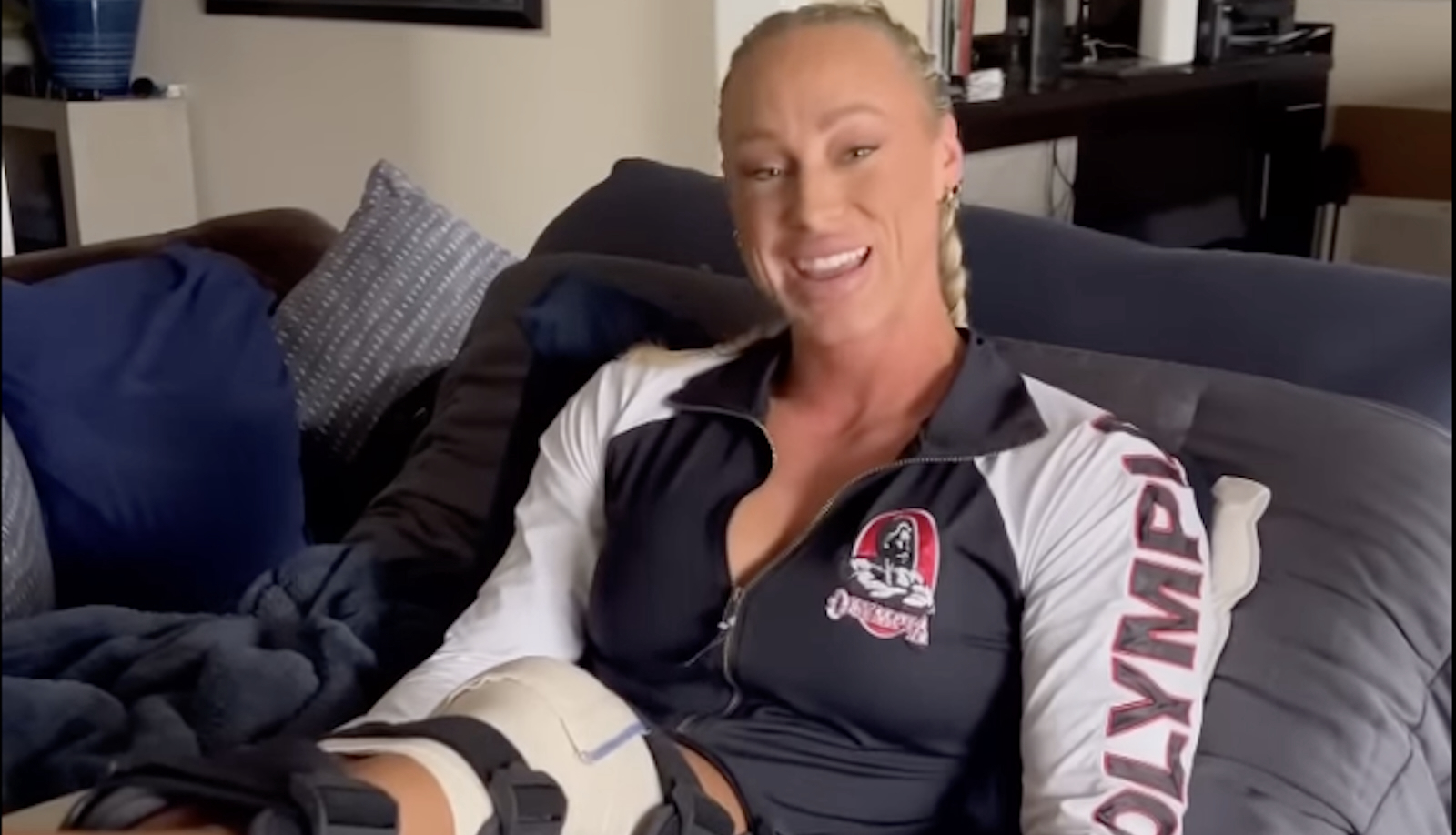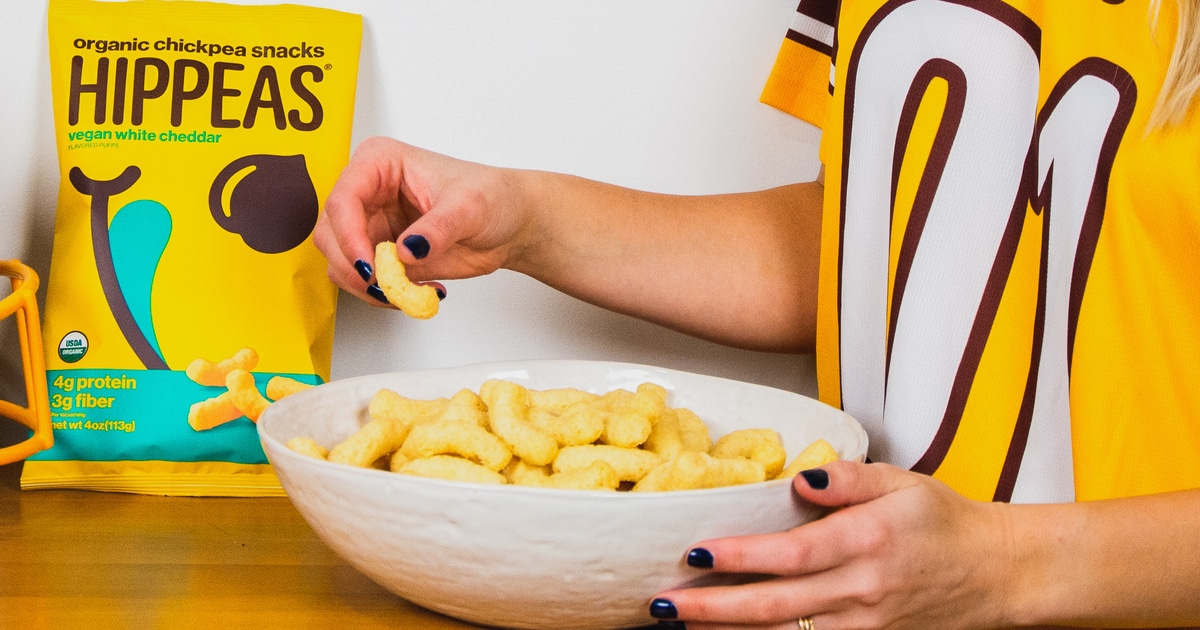We all have a tendency to blame our fate whenever we find ourselves in a bad situation. Physical issues like illnesses or injuries have the potential to drastically change our lives and push us into a psychological spiral. Soon enough we give up, not wanting to stand up, quite literally, for ourselves.

Dr Viktor E. Frankl, an Austrian neurologist and psychiatrist, and a Holocaust survivor, shared his experiences and learnings from his time at a concentration camp in his book, ‘Man’s Search for Meaning’. “Everything can be taken from a man but one thing: the last of the human freedoms — to choose one’s attitude in any given set of circumstances, to choose one’s own way,” he writes.
We all are aware of our freedom to choose our attitude, but it really doesn’t change our behaviour. The consequences could be staring at us in a big bold font like the ‘smoking kills’ message on cigarette packs, but even that doesn’t mean we’ll do anything about it. Then comes along a simple story that shorn of boring facts, shares a message in a way that we can relate to and this ends up having a massive impact on us. ‘The Fault in Our Stars’, a 2014 Hollywood movie, had a similar impact on me. I first stumbled upon short clips of the movie on Instagram and YouTube. I loved the one-liners and the songs, but I couldn’t find it on any OTTs. I eventually found the full movie on YouTube, albeit paid and so I did watch it. I’m glad I did.
This movie is based on a bestselling novel by John Green. The title is inspired by a scene from William Shakespeare’s play Julius Caesar where Cassius tells Brutus, “Men at sometime were masters of their fates, The fault, dear Brutus, is not in our stars, But in ourselves, that we are underlings.”
Let me talk about a couple of things from the film that stood out for me.
An introvert Hazel Grace Lancaster, a 16-year-old girl, is diagnosed with thyroid cancer at 12, which soon spreads to her lungs and almost kills her. Throughout the film, she wears a cannula, a tube to her nose, connected to an oxygen tank which she pulls around in a trolley everywhere to help her breathe.
Hazel’s mother pushes her to attend a support group where she meets an ever-chirpy Augustus Waters, a survivor of Osteosarcoma, i.e. bone cancer, who is there to give company to his friend suffering from eye cancer. Though Waters’ right leg is amputated because of the cancer, he retains his excitement for life.
Though the novel was published in 2012 and the movie was released two years later, it is eerie that the Hindi feature film adaptation was released during the peak of the Covid pandemic, in June 2020, when the world was struggling for oxygen, running from pillar to post for oxygen cylinders. It seemed then like it was the end of the world — that we were all going to die. A month later, the lead actor, the ever-smiling Sushant Singh Rajput, was found dead in his room, suspected to have died by suicide.
Coming back to Hazel, her cannula and her bag of an oxygen cylinder, there is a scene in which she visits Anne Frank’s house in Amsterdam, in the secret annex of which 13-year-old Anne hid from the Nazis along with her family in July 1942. In August 1944 they were discovered by the Nazis and arrested. She and her family were taken to concentration camps where she died a year later. Anne’s diary became world famous because her father, the only survivor from the people who also hid in the secret annex of the house, got it published.

When Hazel visits the Anne Frank House, her host tells her that there is no lift in the building and the secret annex is on the second, and third floors and the attic, which can only be accessed through narrow steep stairs. Hazel connects to Anne’s story because both of them face the toughest of challenges at a similar age. Rather than giving up, Hazel decides to climb the stairs lugging along her oxygen cylinder.
Anne’s family kept away from the windows which were not blacked out, but a small window in the secret annex had a small window that faced diagonally upwards. Anne would sit there and look outside, daydreaming. Here she could be alone with her thoughts. Imagine being cramped up with a lot of people in two small rooms for over two years without being able to go out. We all experienced this for a few months during the pandemic and we were exhausted.
Peter was a couple of years older than Anne, and hiding in the secret annex with his family along with Anne’s family. Even though she couldn’t see much of nature, except a chestnut tree and the sky, from the attic window, Anne noted in her diary, “As long as this still exists, and I am allowed to experience it, this sunshine, that sky without a cloud in sight, for as long as that, I cannot be sad.” Peter and Anne became closer as time went by and eventually fell in love. They would cuddle and kiss in the attic.
So, when Hazel finally does make it to the attic, she takes a while to catch her breath, and then passionately kisses Augustus whom we know is head over heels in love with her. She realises that she is running away from happiness because life looks gloomy to her. It took me back to Frankl’s statement about us always having the freedom to choose our attitude no matter what the circumstances.
Most of us do not appreciate the things we have easy access to, just like Anne didn’t care much for nature and the outdoors before being forced into hiding. But all that changed after she was locked up inside in a cramped space. She noted that anyone who was frightened, lonely or unhappy should go outside. “Only then does one sense that everything is as it should be and that God wants to see people happy in nature, so simple but so beautiful,” she wrote.
Getting started is the hardest. We need to start dreaming like Anne did, and make up our minds and get out there. Most of us get bogged down by exercise or a running programme not being up to our expectations, forgetting the simple fact that a good exercise is one which is done, not the one that is the sexiest or followed by the world champions. We need to simplify things rather than complicate matters. Remember that science follows art and form follows function. So, just get started with a smile on your face. And soon you’ll become better at it too. Nothing will happen if you don’t get started.
As soon as we realise that we need to live in the ‘now’, we win.
Keep miling and smiling.
Dr Rajat Chauhan (drrajatchauhan.com) is the author of The Pain Handbook: A non-surgical way to managing back, neck and knee pain; MoveMint Medicine: Your Journey to Peak Health and La Ultra: cOuch to 5, 11 & 22 kms in 100 days
He writes a weekly column, exclusively for HT Premium readers, that breaks down the science of movement and exercise.
The views expressed are personal
 Subscribe today by clicking the link and stay updated with the latest news!” Click here!
Subscribe today by clicking the link and stay updated with the latest news!” Click here!Continue reading with HT Premium Subscription
Daily E Paper I Premium Articles I Brunch E Magazine I Daily Infographics







